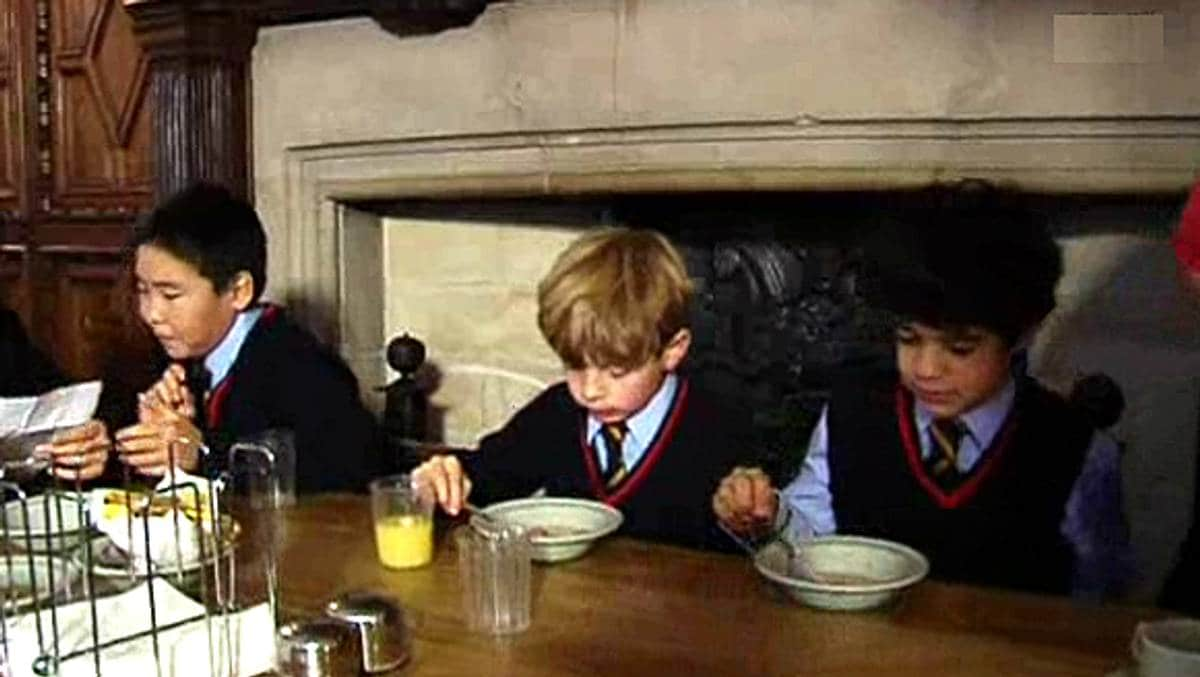On Saturday, the last wing of the large mirror unfolded. Thus, the adventure can begin, even if it will take several months before the telescope regains its orbit, the instruments on board have been calibrated and the satellite has cooled down sufficiently.
NASA chief Bill Nelson calls it a milestone. The telescope was built by the American NASA, the European Esa and the Canadian space agency CSA.
The web telescope will examine the most distant objects that can be observed, and scientists believe it will be able to show humans what the universe was like until its beginnings 14 billion years ago.
As light takes time to travel, looking at distant objects is like looking into the past. The faint light of the early universe traveled for more than 13 billion years before being picked up by space telescope sensors.
How far back we can see is determined by the sensitivity of the equipment.
The Hubble Space Telescope, once a pioneer in the field, is sensitive enough to see events in space around 500 million years after the big bang.
Successor James Webb can look even further into the past. Scientists hope to be able to observe conditions 200 million years after the universe began.

“Web specialist. Social media ninja. Amateur food aficionado. Alcohol advocate. General creator. Beer guru.”







